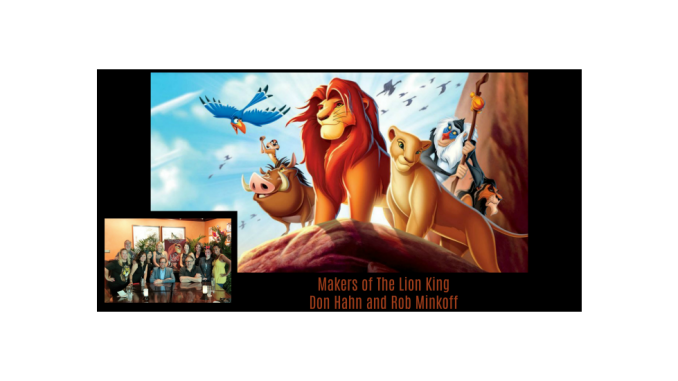
While attending an event last month at Animal Kingdom I had the unique opportunity to chat with the makers of The Lion King Don Hahn and Rob Minkoff. The animated classic is now available on digital and soon to be released on Blu-Ray and DVD August 29th. We can all once again laugh with Timon and Pumbaa, shed a tear with Simba and Mufasa, sing along to our favorite songs, and find our place in the “Circle of Life.”
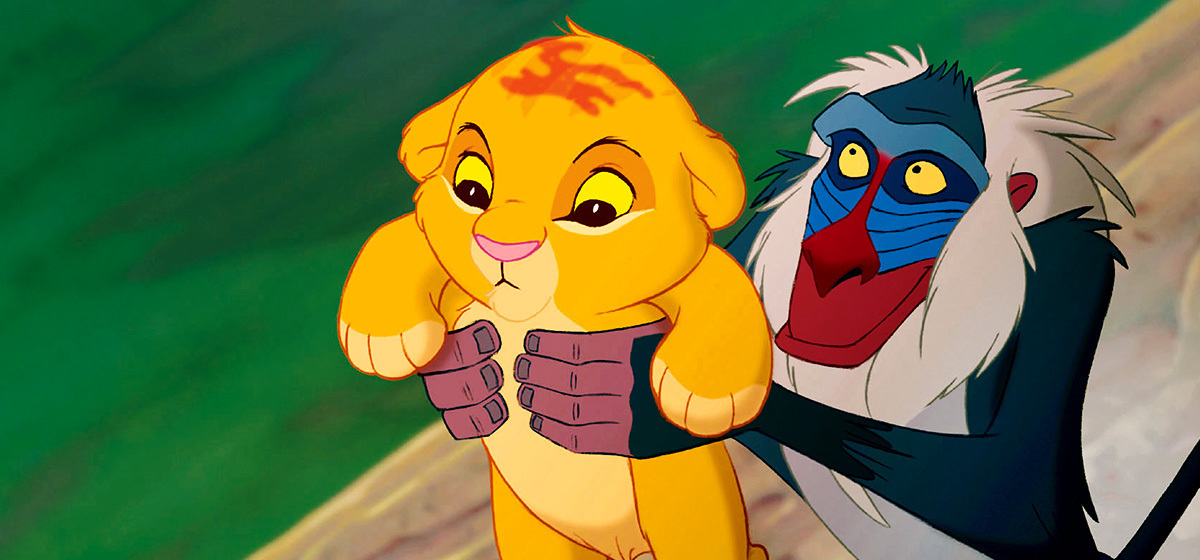
Makers of The Lion King Don Hahn and Rob Minkoff
What does this mean to you with The Lion King coming back for a whole new audience to experience?
Don: It’s pretty good. I mean, part of it’s surprising that people want to see it. And then it’s not surprising, ’cause people are really embracing this movie. But when you’re making it, you never think it’s gonna be around. We were covered with flop sweat. I think because we were following Beauty and the Beast, and Little Mermaid. Us thinking this isn’t a traditional fairy tale, and it’s something that’s an original story, a little bit Bambi in Africa. But still kind of an original story. So when we were making it, you’re just trying to get it done, and trying to make it satisfying and emotional and funny. You just never think about that day 23 years from now, will you be sitting around talking about it? Seems crazy.
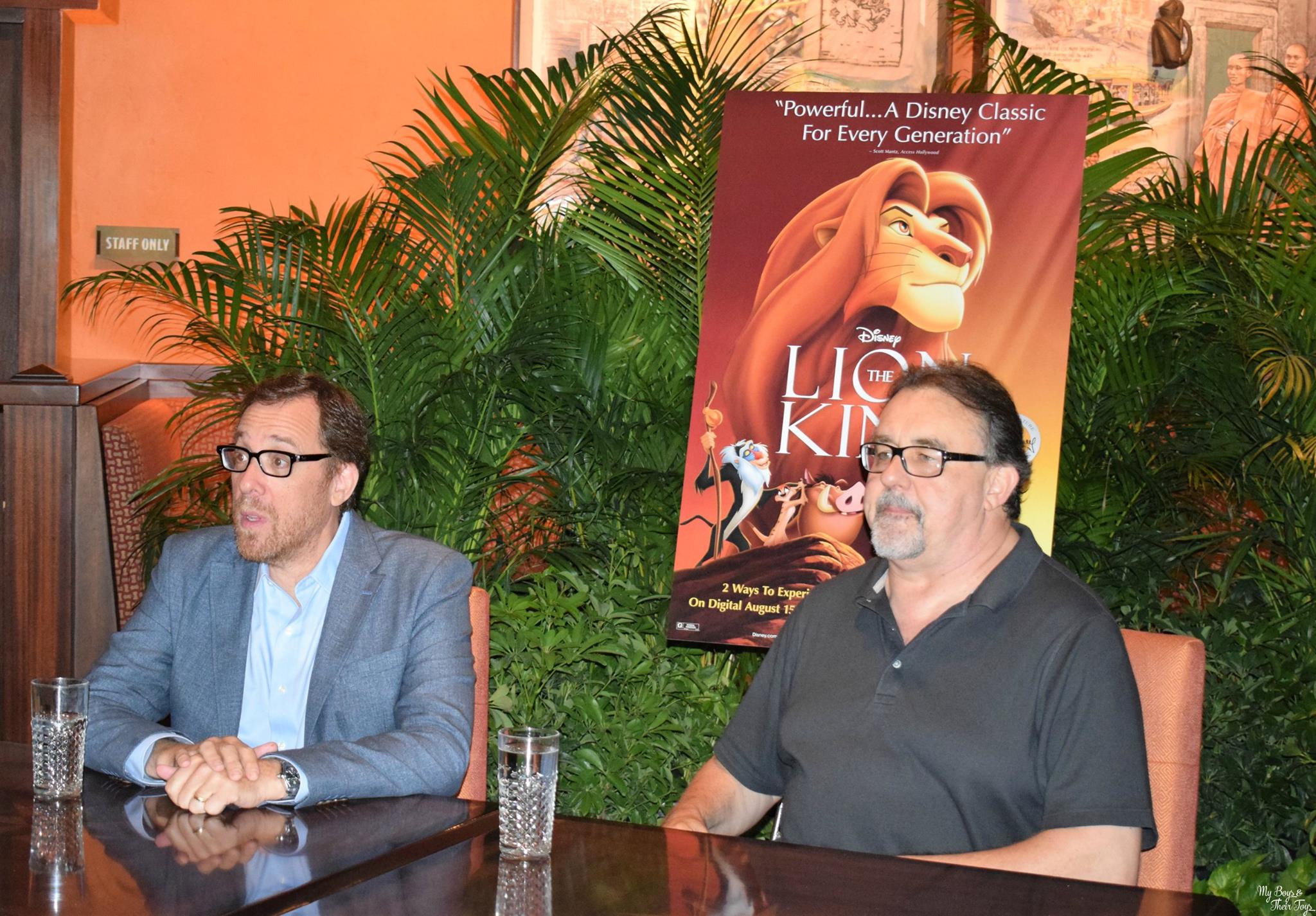
Rob: The other thing I think, interesting to kinda put it in context when we were growing up, Disney would put out the animated features, the classics every seven years. So we got to see Bambi and Pinocchio and Jungle Book, and all these great movies. I actually remember seeing Jungle Book in the original release cause I was old enough.
But those other great classic movies, I didn’t. But when you’re a kid, you don’t really think, well when did they make this? You just think this is an amazing movie. And kind of becoming a huge fan of animation, and then deciding that that’s really what I wanted to do. And then going to Cal Arts, which was sort of the animation that’s particularly Disney Animation school. The thing about the era that we were making that movie is that the bar that had been set during the golden age of Disney Animation was so high that the quality of the artwork, the drawings, the draftsmanship, the skill of the background painters, was so incredibly high.
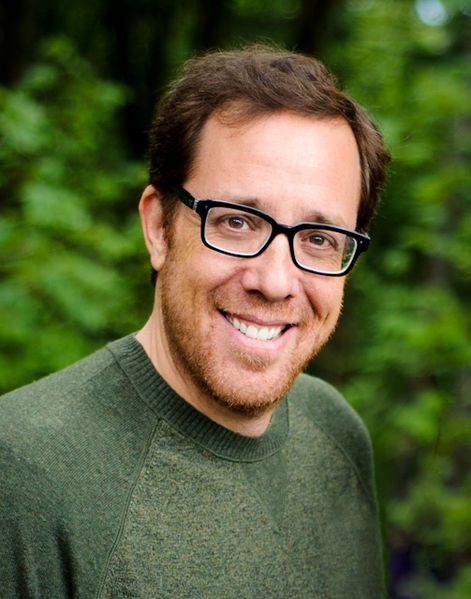
And at that time in history, in the late ’70s, early ’80s, most of the great artists at Disney had either retired or passed on. There was this sort of new group of artists coming in. And what was interesting was that we were struggling against the limitations of the artists and of the talent that we had. So the quality of the movie making, and not just the movie making, but just the animation itself was not as great as those great classic movies.
And so, I think, as a studio, and as a team of artists, we all felt this drive, this push, to try to improve and make it better. Get the drawing better, the draftsmanship, and all the rest of it better, better, better. And I have to say that, you know, Lion King, we did pretty good. Because you can look at it now, and for the most part, there are still flaws.
When you’re that intimate about anything with making the movie, you know, you’re gonna see all the good. You’re gonna see the bad, too.
What’s incredible about a Disney Animation, even at that time, was how vocal the animators are. You cannot find a more passionate, committed, opinionated group. So every screening of not just Lion King, but every movie that was being made at that time, they do a screening, and the whole studio would get invited to the screening, and then everyone would get encouraged to write their notes, to submit their notes. People would stand around in the halls going, “That’s terrible.” “This sucks.” You know, blah, blah… “This could be better.” But it was out of that atmosphere that people really strove to achieve excellence.
I remember one retreat that we did, which was really incredible and very powerful, they brought s very famous basketball coach. His name was Pat Riley who was the coach of the LA Lakers. And he came to speak. The core subject he was talking about was how do you get the most out of your players? How do you get the team to play at its peak? How do you get these champions? And I remember he talked about Magic Johnson.
And he said that there was no more generous player than Magic Johnson. He said Magic Johnson was the best player on the court, no doubt. Constantly passing the ball to his teammates. He wanted them to be just as good as him. So that really allowed, I think the studio to progress over a pretty short period of time, kind of 10 years to kinda make it better and better and better.
Can you go back to the making of the film and what you love about that process?
Rob: For me, it’s always the same. My favorite part is always when you first have the idea of anything. It could be an idea for a joke, an idea for a moment, an idea for a scene, or something. When you first have an idea, ’cause you get really excited about, “that’s a good idea”. Then the next, biggest part is usually the struggle. The stress. The work. The frustration. The going back to having to redo it, or make it better or trying to figure it out.
That moment of inspiration is always fun. Then the struggle to achieve it is the work. And then for me, it’s always when you’re recording the music at the end. Because you’re done with the movie. It’s like, “I’m finished. There’s nothing more I can do. I can’t keep changing it, tweaking it, or going back.” And you just sit, and you watch, and you’re listening to something that seems to have come out of nowhere because the composer went away. Took the film. We had a brief conversation about what the movie was about, so you spot. And then they go away and come back with something, and you’re, like, wow. You’re seeing the movie again for the first time.

When we did the scene with Mufasa coming back as a ghost the storyboard artist, Chris Sanders(Director of Lilo and Stitch) at Disney. Chris was on our story team, and one of the art directors. And he storyboarded that moment of Mufasa. Then he found a piece of music, which was something Chris really always liked to do with his scenes… um, of Ennio Morricone from The Mission. And if you listen to that piece on the soundtrack of The Mission, you’ll hear what the inspiration was for the Mufasa’s ghost. It’s very simple, and it’s incredibly emotional. And it builds, and it builds, and it builds, and it builds, and it builds, and then finally, we have that moment where he says, “Remember who you are.”
When we saw it for the first time, it sent chills down everybody’s spines. We were so worried about presenting this to the management. Everything that we did was supervised, looked over, and we would get notes. We were so terrified about going into that notes session, ’cause we didn’t know what would happen. If we went in and had a bad meeting, we’d be back to the drawing board rewriting, re-storyboarding, or whatever.
And it was really everybody. Don, Tom Schumacher, and Peter Schneider who were the kind of the core team at the studio. They all agreed that it was too good to just go and pitch. Normally, you have a storyboard, and you get up as a director, or as a story artist, and you get up with a big pointer stick, and you kinda take the audience through.
For us, it was always a dangerous thing because the people watching it, they might follow along. They might look at the storyboard you’re looking at, but they might actually get ahead. Which is always hard! You always were, like, don’t look over there! Look over here! So, we didn’t really want to do that with the scene. And so it was the only time in the in the movie, I think. It was pretty unprecedented I remember at the time. We actually said we’re just gonna cut this together. We’re gonna go right to story reel and put the soundtrack from The Mission. We’re gonna record James Earl Jones. I think I actually played Simba for the scratch. We did sound effects, we actually put the boards in color, which we would never normally do. Usually very rough drawing.
So we tied down the boards, put them in color. We cut them together, put the music, put the sound effects, the whole thing. It was as powerful as you could make it. We sat down with the head of the studio and we played it. And it just worked like you wouldn’t believe. I mean it had the impact of what it was in the movie. So much so that the head of the studio watched it for the first time. Again we turned down the lights, played it. The head of the studio is, like, we have to use that music. Hans Zimmer did the music and made what is there today.
What do you think it is about The Lion King that people want to keep revisiting the story?
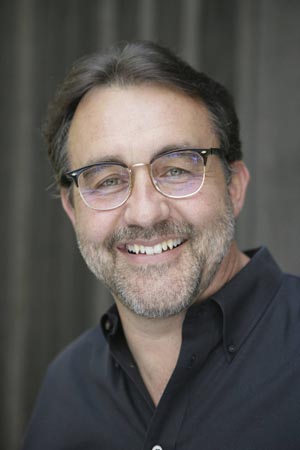
Don: We had this line in Beauty and the Beast, “A tale as old as time.” It’s kind of that with The Lion King. It’s a hero’s journey story. So it’s Joseph Campbell. It’s a very classic coming of age story. A little bit the way Bambi was because that was kind of the original pitch for this movie, Bambi in Africa. It deals with those themes of growing up. And so it’s endlessly relatable that way. We dealt with the relationship and the death of his father on screen, in a really open way.
And then, even more so than Bambi, we dealt with grieving after that process. Simba going on to the wilderness, which is almost very biblical. So I think people relate to those big, mythological, thematic moments. But simply on an emotional level, just the idea that we’re not alone in the world. We’re part of a lineage that we are our father’s sons, that we have our own children and pass on our aesthetic and ethics to them. And I think that kind of taps into something pretty deep for people.
I don’t know that we have those conversations when we were making the movie. Maybe not that overtly. We talk about hero’s journey a lot. But I think those are the themes that make it lasting and worth retelling again.
Rob: The movie that had come out quite a long time before, which had a big impact on everyone who saw it, and certainly all of us who worked on this movie, was Star Wars. So when the first movie came out, ’77, I was 15. I just had that kind of a, like… an oh my god, unbelievable experience watching that movie. It tapped into something that was so deep. I think we carried the lesson of that movie, which, again, became about Joseph Campbell.
He became very famous as a result, because George Lucas had read Joseph Campbell, who wrote a book called The Hero with a Thousand Faces. He was using a lot of those ideas. And Joseph Campbell’s work is about how that story, which I think he refers to as the monomyth is common to all peoples and all cultures around the world. There’s a kind of an underlying structure, which again, it goes really deep. That’s the whole point. The point is you’re taking that, that myth, and you’re putting it kind of into a new wrapper. There’s a funny Yiddish expression, which is… It’s the same old lady in a new dress.
Is Star Wars why you wanted James Earl Jones?
Don: Not necessarily because of Vader, but because of who’s the ultimate father figure. Actually, Sean Connery as the very first idea for Mufasa, which we probably shouldn’t talk about. But, it just didn’t seem like the great African father figure. Sean Connery just didn’t make sense…
Rob: And it’s great because they’re keeping James Earl Jones in the live action version of the movie, too.
Are you guys affiliated with that version?
Rob: Well, actually, I met with John Favreau and we had a great lunch. Talked a lot about the making of the original movie and the meaning of it by sharing some of the anecdotes about the story. I got to go the studio that they’re making the movie and actually see what they’re doing. And he took us through all the production design, and I got to wear the VR headset and fly around Pride Rock. Which was very cool. They’re basically building the whole world in 3D. So it’s gonna be essentially the same, but it’s gonna be very different at the same time. The animals obviously are being realistically rendered. They call it a live action film, but it’s, you know.
So like The Jungle Book. Jon Favreau did such a phenomenal job. Having the story stay true to the original. Visually it was so beautiful.
Don: And the technology has advanced since The Jungle Book so that it can be this amazing recreation of a real world. So I think it’ll be pretty cool.
We had our chance to make the movie, and we did okay. The reaction to it has been amazing. But by the same token to turn it over to somebody like John Favreau is really exciting. ‘Cause you couldn’t hope for somebody better who understands the technology, the mythology that it’ll take to bring that to life. So it’s really an exciting proposition.
Can you talk a little about what it was like to get the animations on board since it wasn’t a familiar story?
Don: It was hard to get people to work on it. We said this at the D23 Expo the other day. You would take people out to lunch and try to coax them to work on your movie. You’d say this is kind of the Joseph story from the Bible meets Hamlet, meets Elton John in Africa. It was just a head scratcher for most people.
But the people we did get were just enthusiastic about working with four legged animals, about working with the colors and pallet of Africa. So we got this really loyal, hungry group of people working on the movie that really made it happen.
And you got an amazing cast.
Rob: But at the time, Nathan Lane was unknown. I don’t think he had done a film. So he’d only done Broadway. If you did know him, you’d only knew him from Broadway. And Ernie Sabella the same. The two of them were appearing in Guys and Dolls at the time. So we of course went to see it. Nathan was already very substantial in theater, but again, he hadn’t done The Bird Cage, he hadn’t done some of the great movies that he’s done. So not so well known. Obviously Matthew Brodrick super famous. James Earl Jones. You know, super famous.
Jeremy Irons?
Rob: Yeah. Well You know. Again, I mean, I’m talking about the way it was perceived within really the animation studio and the animation team.
Don: Mainly because of the story. It wasn’t a fairytale. Even Pocahontas…
Pocahontas was being done at the same time, right?
Don: Yeah, And that was an easy pitch…
Rob: Well, yeah. I mean, first of all, it’s actually, that movie was sold, interestingly. Mike Gabriel, who was one of the directors, did a small poster of an Indian girl looking very much like Tiger Lily from Peter Pan. And, you know, standing with her arms folded across her chest, and the feathered headdress. It just said, Walt Disney’s Pocahontas, and it was pitched to the heads of the studio, and he showed that. They were, like, done. Sold.
And you are pitching a warthog and a meerkat as best friends.
Rob: I actually just totally bizarrely, coincidentally, I was in New York last week, and I bumped into, out of the blue, the guy who’s head of development of Disney Feature Animation at the time named Charlie Fink. And Charlie was the guy that actually made the original pitch, and he literally said, bam, what about doing Bambi in Africa? Bambi with African music.
So the pitch was Bambi in Africa. It was Michael Eisner who heard the pitch, and Michael said, well, if you can figure out how Bambi doesn’t get eaten, maybe we have something.
Don: Yeah. Sounds easier than it was.
Rob: But that was actually how these things kind of affect each other. When we sat down to make the movie, that was an enormous question we had. We were, like, how do we make a movie where we’ve got lions who are predators who are actually going to (be friends when a lion) would eat some of these animals…
How do we deal with the fact that they’re carnivores? And so they have that scene where Mufasa explains to Simba… Like, Simba says don’t we eat the antelope? Right? And he goes, well, yes. But then the antelope become the grass, and the antelopes eat the grass. When we die, we become the grass, and then the animals eat the grass. So all part o the circle of life…
It was dealing with, like, how do you do that in a Disney movie that’s gonna be safe for kids, and parents and moms and, like, it’s gonna be okay to talk about that?
So that was through the whole course of the movie, that’s kind of what we were doing. Is like, how do you tell a story that has… In fact, John Favreau said this very interesting. He said… He said, Rob, you realize that if we made this movie today for the first time, the studio would not let us kill Mufasa.
Particularly because it’s not in the first reel. It’s, like, in the third reel.
After you build the relationship with the audience…
Don: Correct.
Rob: In the world we live in the movie making echoes today’s culture. Now maybe even then they wouldn’t do it, but somehow that just became part of the fabric. Because it was a movie that nobody knew what the rules were. We were kinda making up the rules as we went along. And we sorta said can we do it? And of course Bambi had that critical moment, but that is earlier in the film. But then I remember the big thing about Bambi that we learned, it was really more of a personal reaction, I think. We all felt the same way. When you see Bambi, it’s so powerful and profound. It’s so frightening! And it’s frightening, mostly because Mom gets shot. Then she disappears and Bambi goes Mom! Mom! Mom! Mama!
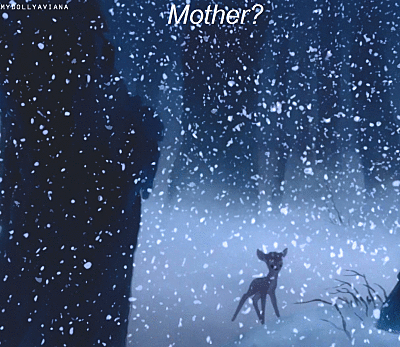
And then his dad comes along, who you think is his dad, you’re not sure. But I guess it’s his dad. And dad goes, “She can’t be with you anymore.” And you’re like, god! And then, from that, they go to the next scene, which is all this bird singing and springtime. There is a happy little skunk. It’s like, ugh! And then they never talk about it again! It’s like she’s just gone! Yeah. It’s still 1940’s. We don’t talk about that. There’s no psychotherapy. No grieving. There’s none of that.
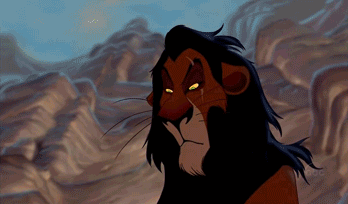
So when we were doing the movie, actually, there was a very healthy conversation, argument about could we show Mufasa’s death? And how are we gonna deal with the moment when Simba finds him? Some people said we can’t or shouldn’t show this. It should be in shadow. It should be as far away from the camera as possible. You don’t really bring up that level of stuff. And we’re, like… No! Come on! You know, it’s a modern movie! We have to deal with this important. You know.
And then when we finish the movie… The head of distribution, Dick Cook, who ran the studio later, said one of the things he was most excited about the film was that part of the storytelling was gonna give families, a way to talk. They were, like, gonna be able to leave there, and actually have a a good, kind of healthy conversation about something that most people are terrified to talk about.
I specifically remember having conversations with my daughters about death after watching the movie. There’s so much truth to that. I think that growing up for me, dealing with death is a lot different. Maybe because of the Bambi kind of movies. So I can appreciate that. Completely.
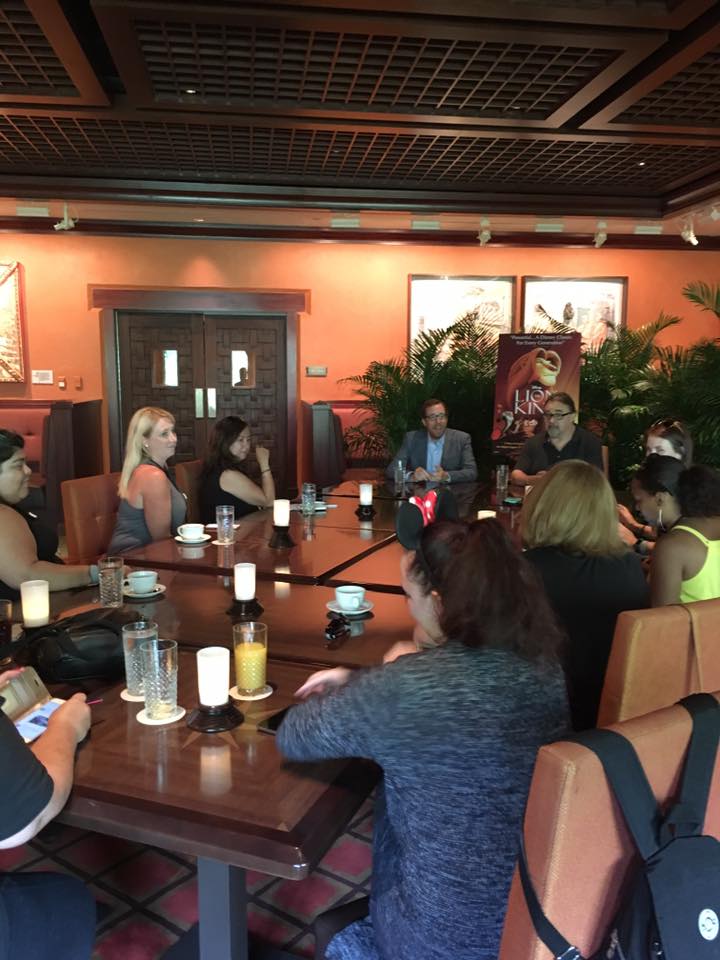
Don: Yeah, it was actually healthier to show it and deal with it head on than to hide it behind a tree or something…
Rob: But in those moments when you’re doing something that hasn’t been done before, you’re dealing with what’s the envelope? And as Don used to say, our job is to lick the envelope, not tear the envelope.
Don: Those are profound words, yes. That was my contribution.
We were talking about this earlier. It’s that you couldn’t imagine an animated movie making a hundred million dollars. That was, like, whoo. Are you kidding? Disney made a movie every four years. There were no other studios really making the animation. So it was unbelievable that you would have a renaissance where Disney was making a movie every year. Now there’s 25 animated movies a year in a category at the Oscars. You would never dream that! You would never dream an animated movie would get a best picture nomination. Now there’s a category for it. It was such a leap of faith.
I think because of a number of things, because of Howard Ashman and Alan Menkin coming into the studio, because of a group of people that kind of came out of Cal Arts and some other schools that had the ambition to surpass the Walt Disney generation and try to do better work. Whether we did or not, you guys can judge. But I feel like the ambition was to try to do better. And all that together kind of added up to these movies starting to succeed.
And the other huge thing, VHS cassettes. ‘Cause now, the 20 or 25 movies in the library of Disney could be re-released on videocassette, but that would run out pretty quick. And now we had to replenish that more of titles so that Disney could keep releasing those, because they were such a cash cow. So there’s a business decision behind doing it as well. We tried to do them at the highest possible quality so that people would want to revisit them. And it’s so incredible that we’re sitting her 23 years later talking about the very same thing! Talking about owning it, taking it home, and having it as part of your collection. But when people love a movie and love a story, you want to take it home. It’s like a puppy. You want to take it home and own it.
Now on on digital today August 15th and will be available on Blu-Ray and DVD August 29th
Stay Social with The Lion King
Facebook |Website

I was invited by Disney to Animal Kingdom as part of the #LionKingBluray and #BornInChinaBluray event. All opinions and fun had are 100% authentic.
- You Have to Remember – 9/11, 20 Years Later - September 11, 2021
- Creating the Perfect Look with a Maxi Dress - October 20, 2020
- Brand Better Giveaway - October 6, 2020

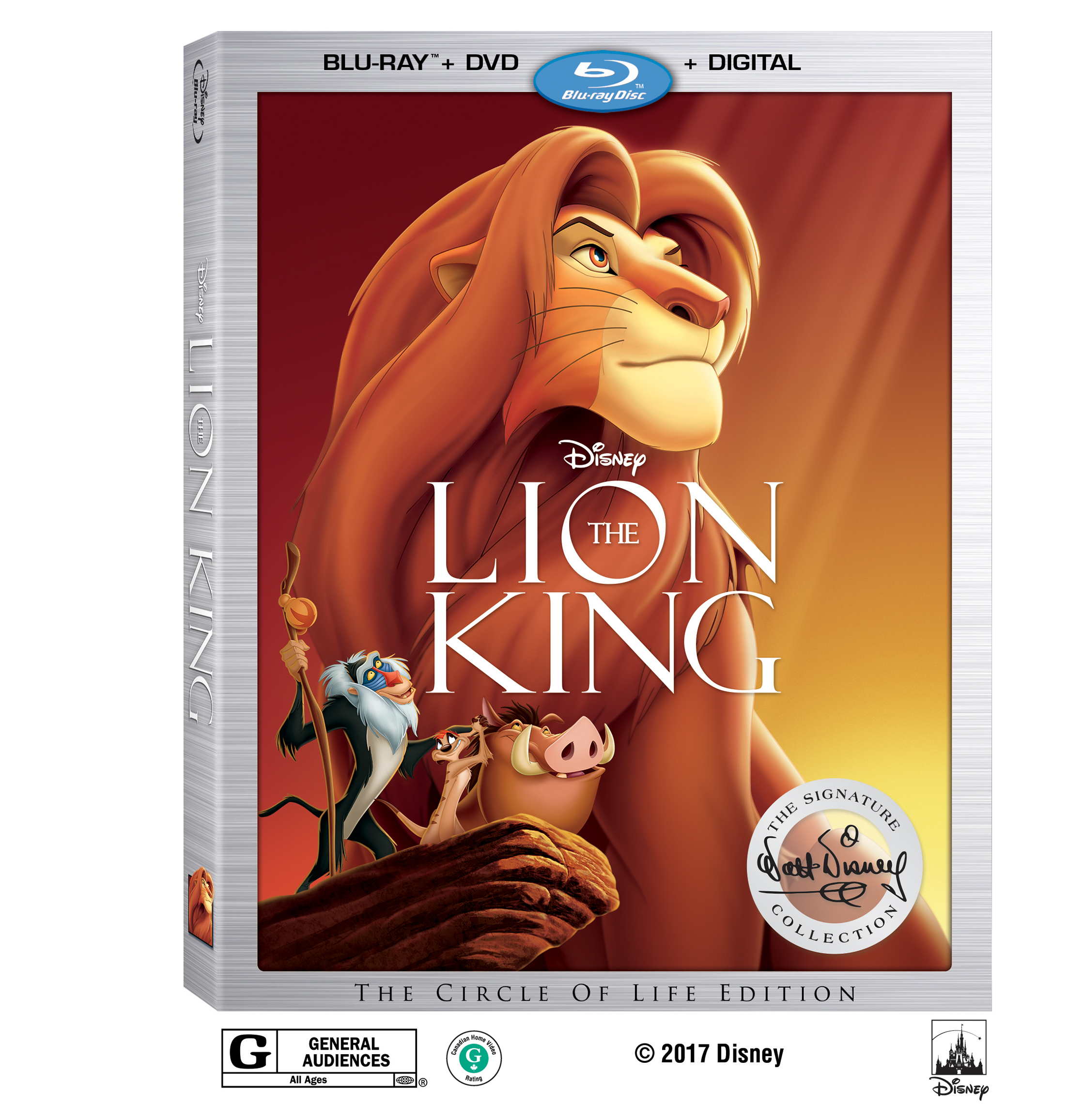
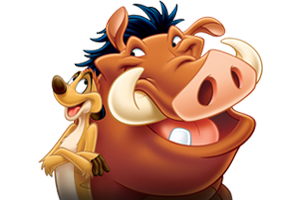

Leave a Reply